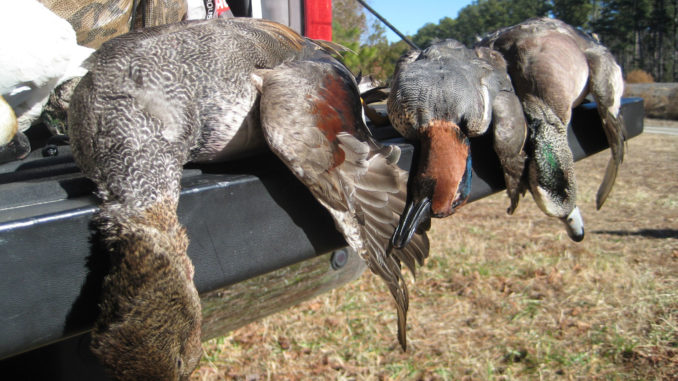
Pond fishing offers owners and guests some of the greatest enjoyment on the face of the planet, but older ponds and mismanaged ponds beyond rejuvenation need a clean slate, as mentioned last month. The pond-renovation process began with the rotenone treatment that essentially removed every living fish within the system. Fortunately, rotenone breaks down into carbon dioxide and water rapidly when exposed to heat, oxygen and light. Within a few weeks, the pond will be ready for stocking its new generation of fish to revive the fishery these ponds once were.
Pond stocking species composition will vary based on size of the pond, productivity and pond owners’ objectives. Stocking prescriptions should include both predator and prey species to insure sustainability with the least human intervention as possible. Ponds stocked with the bass/bluegill mix will provide a long-lasting fishery. Nevertheless, channel catfish and redear sunfish can also be added to increase the diversity and will not detract from the balance or angler satisfaction.
Pond owners should stock their ponds either during the fall, the spring or both. By and large, a phased approach is the most-economical way to restore a bass/bluegill fishery. With this method, small bluegill as the forage component should be stocked between September and the end of October. The next spring, bass and 3- to 4-inch catfish should be stocked after forage populations have established and grown to acceptable size. Within a year, both bass and bluegill will be able to reproduce leading towards another great fishery. A good rule of thumb for ponds larger than an acre should stock at a rate of 500 bluegill and 100 bass per acre of surface area. If catfish are desired, 50 to 75 channel catfish can be added.
If both species were stocked simultaneously in the fall, the bass and catfish would consume the forage base prematurely. However, both species can be stocked during the spring, but advanced-sized fish should be used.
Hybrid sunfish, crappie and hybrid bass can also be stocked in ponds under certain circumstances. These fish species have their own set of costs and benefits but can provide a unique pond-angling experience within the right setting.




Be the first to comment